Thu, Aug 26, 2021
Introduction to lighting design
“When I start working on a project, I’m thinking light, and how it enters a space, not product” - Gerd Pfarré
Hello there!
Today I will be sharing you some important pointers that Abiram from Apta Lighting Studio considers while designing the lighting scheme for a project.
THE FUNDAMETALS OF LIGHT LAYERING
Ambient Lighting
The ambient lighting layer, also be referred to as the “general lighting” layer, gives your room overall illumination that provides an adequate visual of the entire area.
Accent Lighting
The second layer of light is known as the accent lighting layer or “decorative” layer because it allows you to highlight points of interest in your interiors such as architecture, artwork, or any other features that can’t be made more prominent just with ambient lighting.
Task Lighting
Task lighting, the final layer of lighting design, provides illumination for specific tasks performed in an area. When choosing light for this particular layer, you should first evaluate what is done in that designated area.
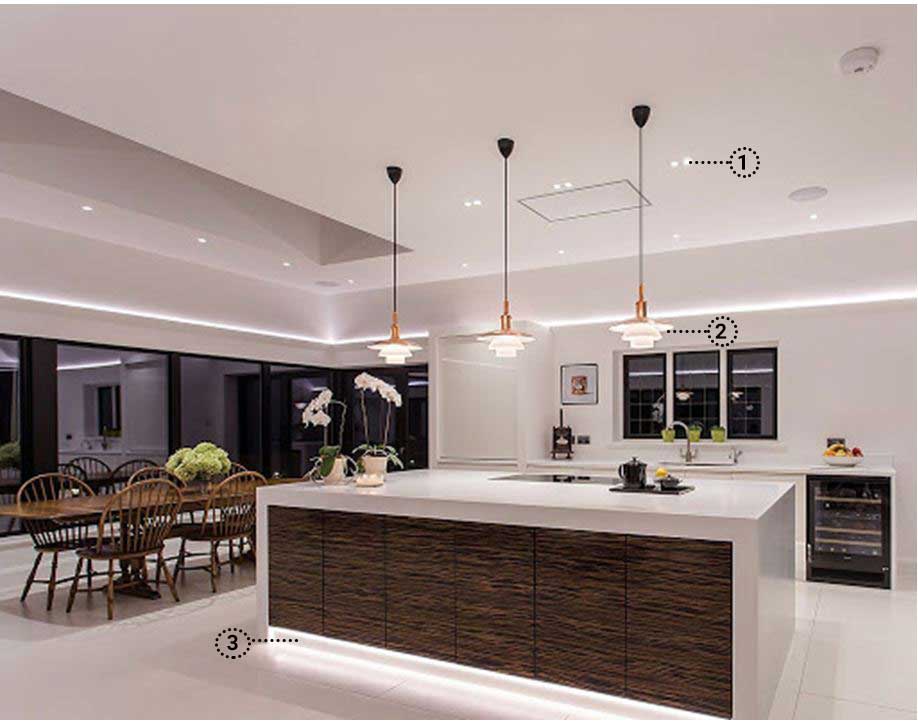
1.Ambient lighting 2.Task lighting 3.Accent lighting
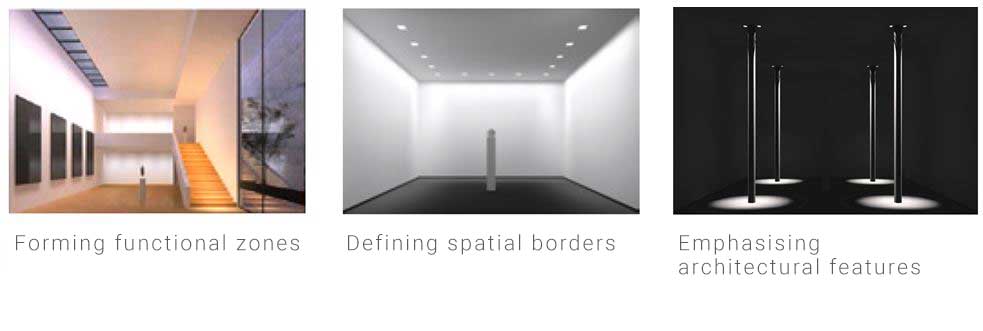
‘Light can alter the appearance of a room or area without physically changing it. Light directs our view, influences perception and draws our attention to specific details. Light can be used to divide and interpret rooms in order to emphasize areas or establish continuity between the interior and exterior. Light distribution and illuminance have a decisive influence on how architecture is perceived'
Colour of light
The colour or warmth of white light is ranked on a scale, The Kelvin scale, the warmer the colour the lower the colour temperature. Candles being around 2000 degrees Kelvin (K) while daylight typically 5500 – 6500K.
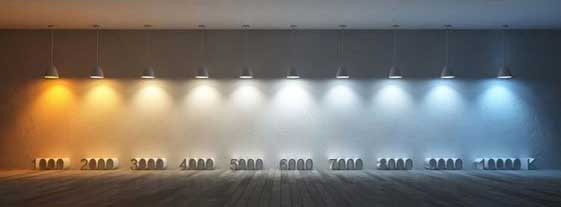
2700K- with a warm tinge of yellow that creates appealing and relaxing environments
4000K- a neutral white tone that strikes just the right balance between relaxation and concentration
6500K- with a slight tinge of blue, which has an energizing effect
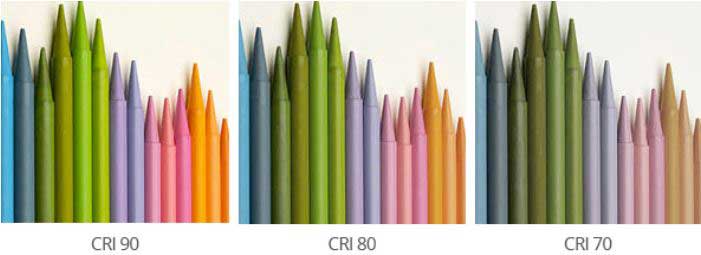
Colour Rendering (CRI) CRI (colour rendering index) measures the ability of a light to truly reveal the colours of various objects faithfully in comparison with an ideal or natural light source.
Now i will share some lighting simulations done by Abiram for Paroppadi residence so that you get a better understanding.
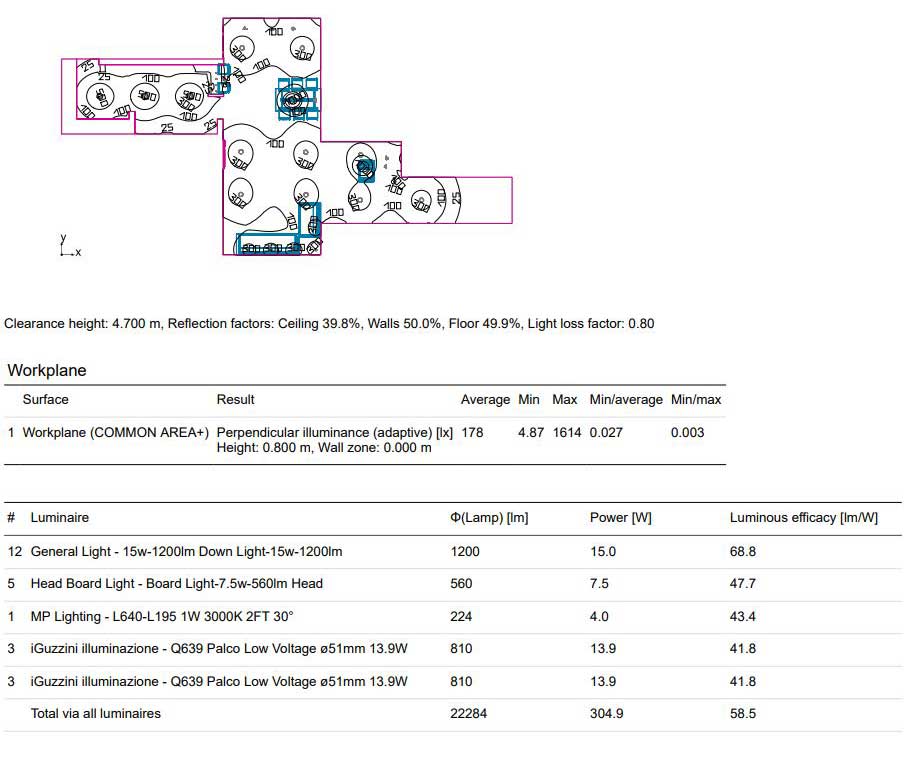
Lighting simulation & validation
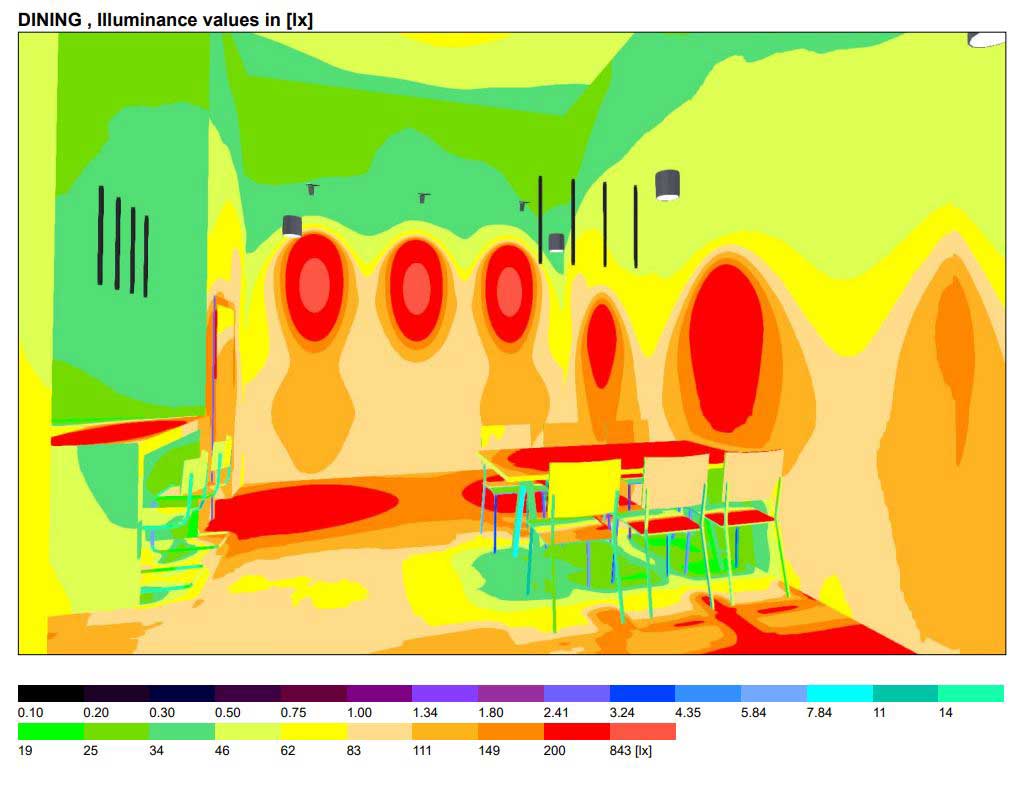
False colour
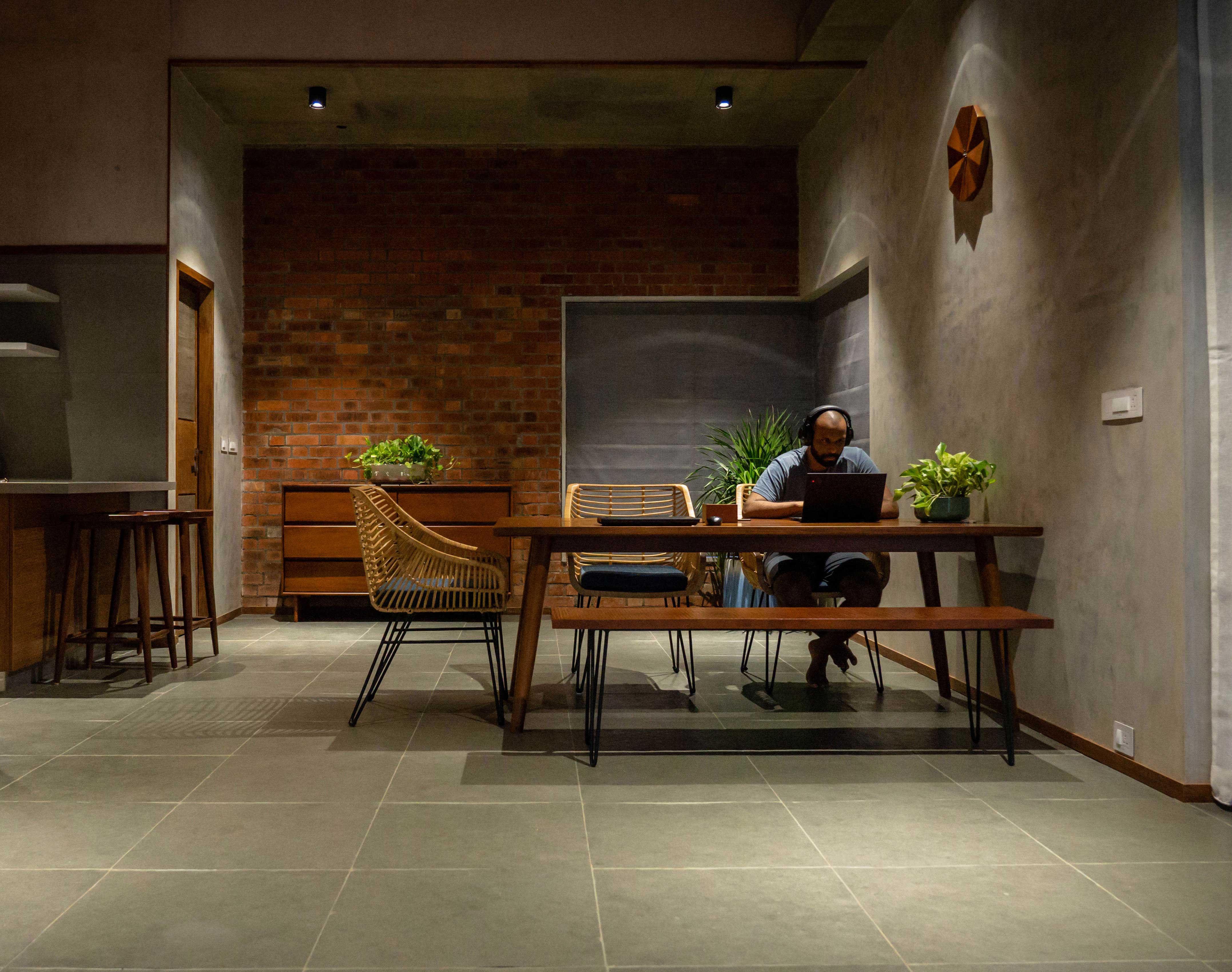
End result
Some keywords related to lighting for refernce. I know this blog post is more technical compared to my old posts, but always good to expand knowledge.
Illuminance The luminous flux on a surface, per unit of area. The illuminance requirements of built environments are determined by their intended purpose, and there are two common units of measurement: Lux - Equivalent to one lumen per square meter. Foot-candle - Equivalent to one lumen per square foot. Higher illuminance levels make surfaces appear brighter to the human eye and improve visibility.
Integrated Lighting Fixture A type of lighting fixture that offers superior energy efficiency, by using a specially-designed LED array and internal geometry. Integrated lighting fixtures are generally more efficient than lamp-based LED fixtures, but they make retrofits more expensive because the entire fixture must be replaced, not only the lamps and ballasts.
Kelvin (K) Measurement unit for temperature, although in the lighting industry it is more commonly used to indicate the correlated color temperature (CCT) of light sources.
Lumen Measurement unit for the lighting output of lamps or fixtures. The total lumens emitted and their spatial distribution are of paramount importance when creating appealing and luxurious indoor spaces. In lighting, lumens can be compared to miles traveled and watts can be compared to fuel consumption.
Luminance The brightness of an object or surface, as perceived by human eyesight from a specific direction. Luminance is measured in candelas per square meter (cd/m2). It is important to note than luminance changes depending on the viewing angle, and high luminance values are the direct cause of glare.
Luminous Flux Total output emitted by a light source, measured in lumens. The luminous flux describes the total lighting output of a lighting fixture without considering direction. Not to be confused with luminous intensity.
Lux Measurement unit for illuminance, or lumens per unit of area. One lux is equivalent to one lumen per square meter.
For more details about lighting design you can visit: https://www.instagram.com/apta_lighting/?utm_medium=copy_link
